Club Spotlight: Exonians with Disabilities Association
By ADELLE PITTS, URA SHI, and MEGHAN TATE ZEE
In 2018, the Exonians with Disabilities Association (EDA) was created with the commitment to create a thriving community for disabled students and faculty members of Phillips Exeter Academy.
EDA’s purpose is to bring awareness to the Academy on how disabilities affect one’s daily life and to make “the previously invisible visible.” This association, developed through the Office of Multicultural Affairs (OMA), is a space for “Exonians who are undiagnosed and those with mental illness, learning differences, TBI, chronic illness, and more.”
The affinity space was established as “an anonymous space where disabled students can find safety and community. Anyone who identifies as disabled, chronically ill, neurodivergent, or suspects they might be is welcome to attend,” said senior and EDA co-head Matteo Diaz.
Every club meeting begins with introductions. Members of the affinity space like to share their “disability moments, which are anything since the last meeting you have noticed or experienced related to your disability, or things that have helped to accommodate it,” senior and co-head Tallis Guthrie said.
Club meetings often continue after introductions with activities such as show-and-tell, coloring, discussion prompts, or just conversation. Activities like these build community, which is the essential foundation of the association. “It’s a space to support each other. We provide advice to each other, and even if we don’t have advice, we see you, and we hear you,” Guthrie said.
“We work to promote self-compassion and dismantle negative internalized beliefs about disability and neurodivergence,” Diaz said. “Seeing students become comfortable with being fully themselves means the world to me.”
EDA also hosts biannual dinners, which often “bring people out of the woodwork,” according to Guthrie.
EDA has impacted the spaces around campus, as well, through the CVP Exonians for Campus Accessibility. In 2023, they worked with the school to change the signage around elevators on campus to decrease the stigma around using them. Guthrie said, “The CVP was a way to bridge EDA as an affinity space to a more open community, where anyone could join. That was cool because we worked on several different projects, including one to improve the accessibility of elevators on campus and the culture around them, as people with visible disabilities were getting criticized for using them.”
Diaz said, “One of our advisors, Ms. Shane LaPointe, is an incredible advocate for all of us, both individually and with respect to educating the faculty and administration.”
“When we’ve had seniors going through the college admissions process, she’s talked about a workshop she attended about college and accessibility and disabilities. She really knows a lot,” added Guthrie.
Guthrie concluded, “I think the existence of EDA, like on the OMA posters or at Club Fair, raises awareness that there is a community of disabled people at the Academy—and we are not going to keep that quiet.”
